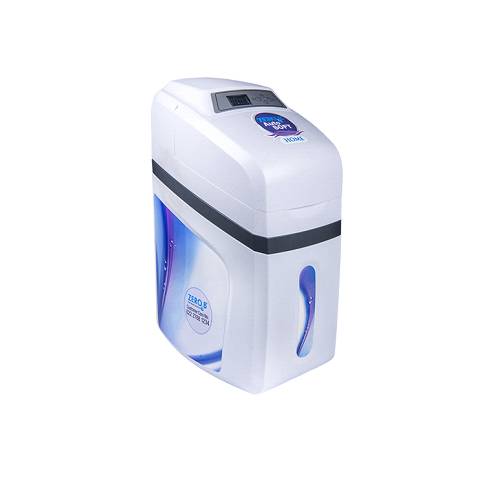What are Water Softeners and How Do They Work?
- Posted on

If there were no water, there would be no life on earth. Apart from drinking it to survive, people have many other uses for water. Water is essentially needed in our daily life for drinking, bathing, washing, cleaning, to name a few. Water is vital for survival, but we should also consider the importance of clean water in our day-to-day life. What if you find out that the water you are using in your homes is harmful to you and the water-consuming appliances as well as home appliances. This specific category of water is called hard water.
What is Hard Water?
When water travels through the pipes and grounds, it absorbs many elements that can get dissolved. These elements include minerals like Calcium (Ca) and Magnesium (Mg), which contribute to making the water hard.
Effects of Hard Water-
- Hard water deposits are responsible for clogging appliances such as water heaters, washing machines, dishwashers, boilers, to name a few.
- In some cases, hard water can severely restrict the water flow in your home.
- It does not let soaps, detergents, and shampoos to perform at their maximum level. E.g., soaps tend to not release lather with hard water, which results in people wasting more soaps than usual.
- It causes patches on sinks, dishware, silverware, bathtubs, and showerheads, among others.
- It makes your skin feel itchy and dry.
So, is there a way to eliminate the hardness of water? The only solution is- Hard Water Softeners for Homes.
What are Water Softeners?
As the name suggests, a water softener reduces the hardness of the water. It goes a long way in providing water that is fresh and soft for use. A typical water softener consists of:
- A tall, narrow Softener Tank, connected to the water supply line of your home.
- A short, broad Brine Tank, connected to the softener tank through a fill tube.
- A Discharge Hose, running from the softener tank to a nearby drain.
How Does a Water Softener Work?
The working of a water softener involves a process called Ion Exchange and Regeneration.
Ion Exchange
- The softener tank consists of resin beads. When the hard water enters the softener tank, it runs through these resin beads.
- Ca and Mg are positively charged ions. Therefore, they get attracted to the negatively charged resin beads.
- Softened water departs the softener tank and flows through the house.
Regeneration
- At some point, the beads reach their maximum potential and stop attracting the positively charged ions. Automatically, Regeneration begins.
- The brine tank consists of salty water, which travels to the softener tank.
- This salty water washes away the positively charged ions off of the resin beads.
- The regenerated water gets drained out through the discharge hose.
In Conclusion, a modern Hard Water Softener is a must-have for homes. It is highly effective, reliable, and only requires the owner to occasionally add salt or potassium chloride pellets in the brine tank. Other than that, the entire process is automated.
At ZeroB, all Hard Water Softener systems are crafted with meticulous attention to detail to provide the protection that your family deserves.
For more information, visit us online today!
ZeroB, the flagship brand of Ion Exchange (India) Ltd., is the pioneer of the revolutionary RO (Reverse Osmosis) technology in India.
For more information, visit us online today!








